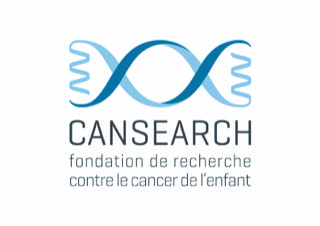l) Experimental ProjectGSTA1
Busulfan is one of the drugs frequently given to children during their preparation for hematopoietic cell transplantation. It is a medication with a narrow therapeutic window, where the degree of exposure is strongly associated with the expected therapeutic benefit of the treatment. Indeed, dosing below the recommended lower therapeutic limit is correlated with an increased risk of relapse, while exposure exceeding the upper limit is linked to an increased risk of toxicity. Busulfan administration is further affected by high inter-individual variability resulting from differences not only in drug metabolism and elimination but also in susceptibility to its toxicity. In practice, therapeutic drug monitoring controlling blood levels of busulfan is generally required. However, a better understanding of the cellular processes and molecular reactions involved in interindividual variability would allow better anticipation of difficulties and minimize treatment adjustments.
Our research platform has contributed significantly to identifying factors influencing the blood concentration of busulfan and affecting treatment response. Among the identified clinical, biological, and genetic factors is a series of 6 genetic polymorphisms affecting the expression of the GSTA1 gene. This is a major hepatic enzyme responsible for the degradation of busulfan by catalyzing the glutathione (GSH) addition reaction to this molecule. It has been shown that patients belonging to the category with reduced GSTA1 activity are at higher risk of adverse effects, while those in the group with accelerated activity tend to have lower blood levels of busulfan than patients with a genotype corresponding to normal activity.
Although categorizing patients into distinct groups based on GSTA1 enzyme activity according to their genetic code improves our ability to predict response and the accuracy of mathematical models used to calculate drug exposure, there remains some unexplained interindividual variability. Therefore, we seek to understand how the GSTA1 enzyme is regulated at the cellular level and what factors facilitate or block its activity. These experimental works are carried out on cell lines. Identifying new elements contributing to variability in response to busulfan would improve the prediction of treatment reaction before administration and identify any actions that could be taken to promote detoxification of this drug in patients.
We have combined several recent cutting-edge techniques in the field of cell culture to generate a large collection of data. Our current results indicate a strong correlation between the expression of the GSTA1 enzyme and at least one other member of the same enzymatic family (GSTM1), as well as a significant influence of the level of their common substrate, GSH, on cell resistance to busulfan treatment. These results suggest that it would potentially be interesting to consider the entire GSH detoxification process to refine our predictions in patients. These results still need to be consolidated to accurately map the interactions between different factors and understand how they function.
